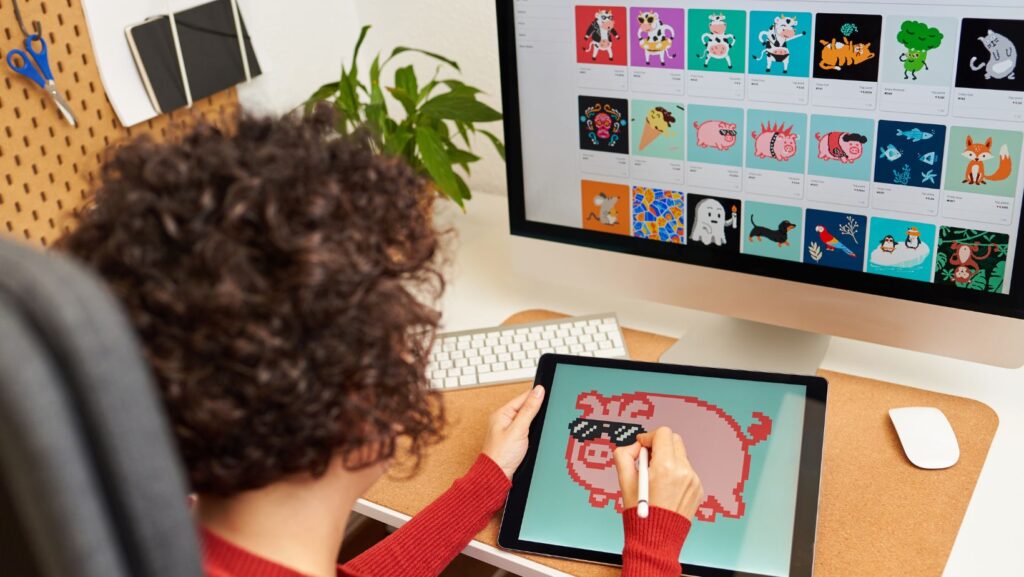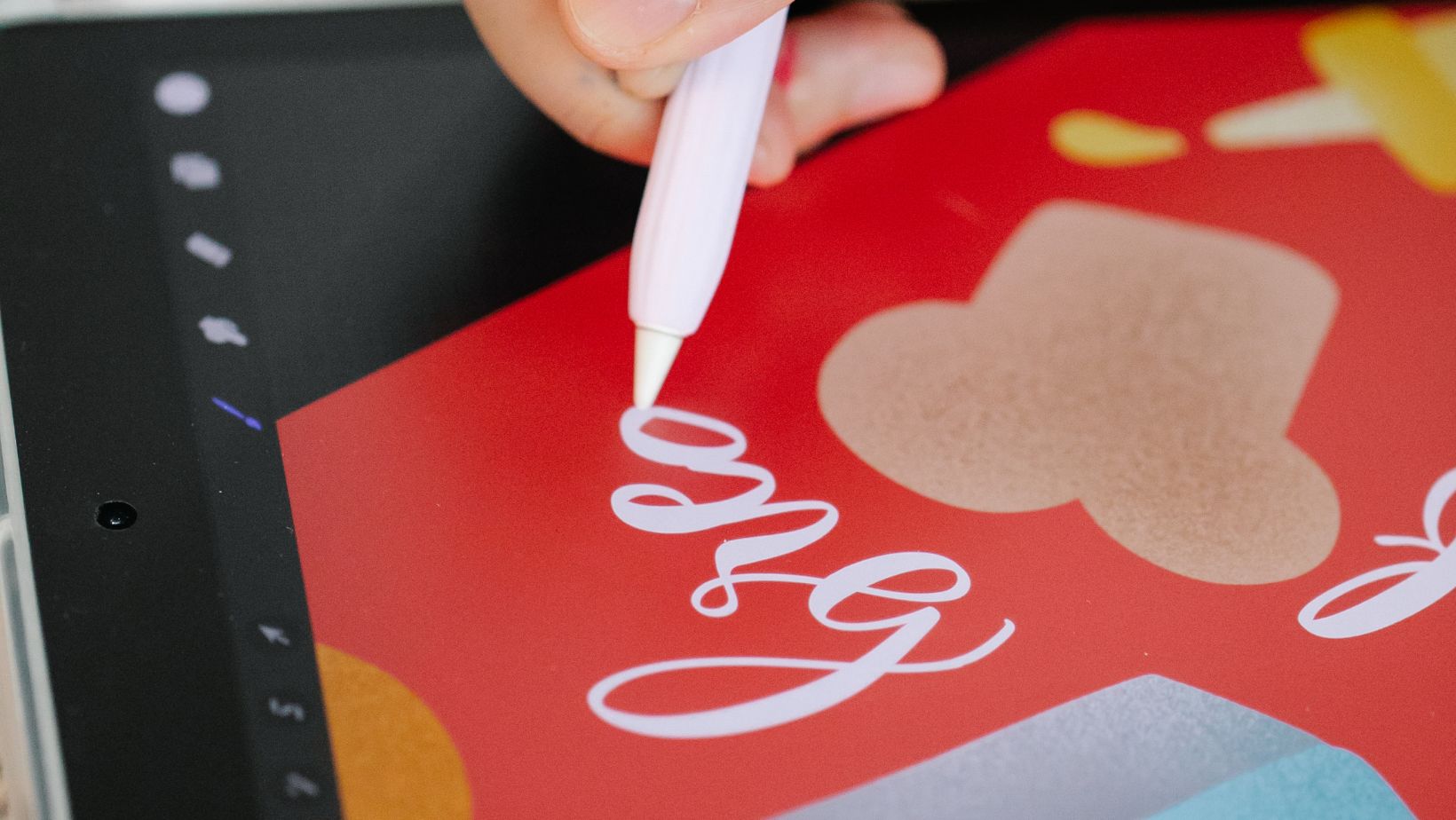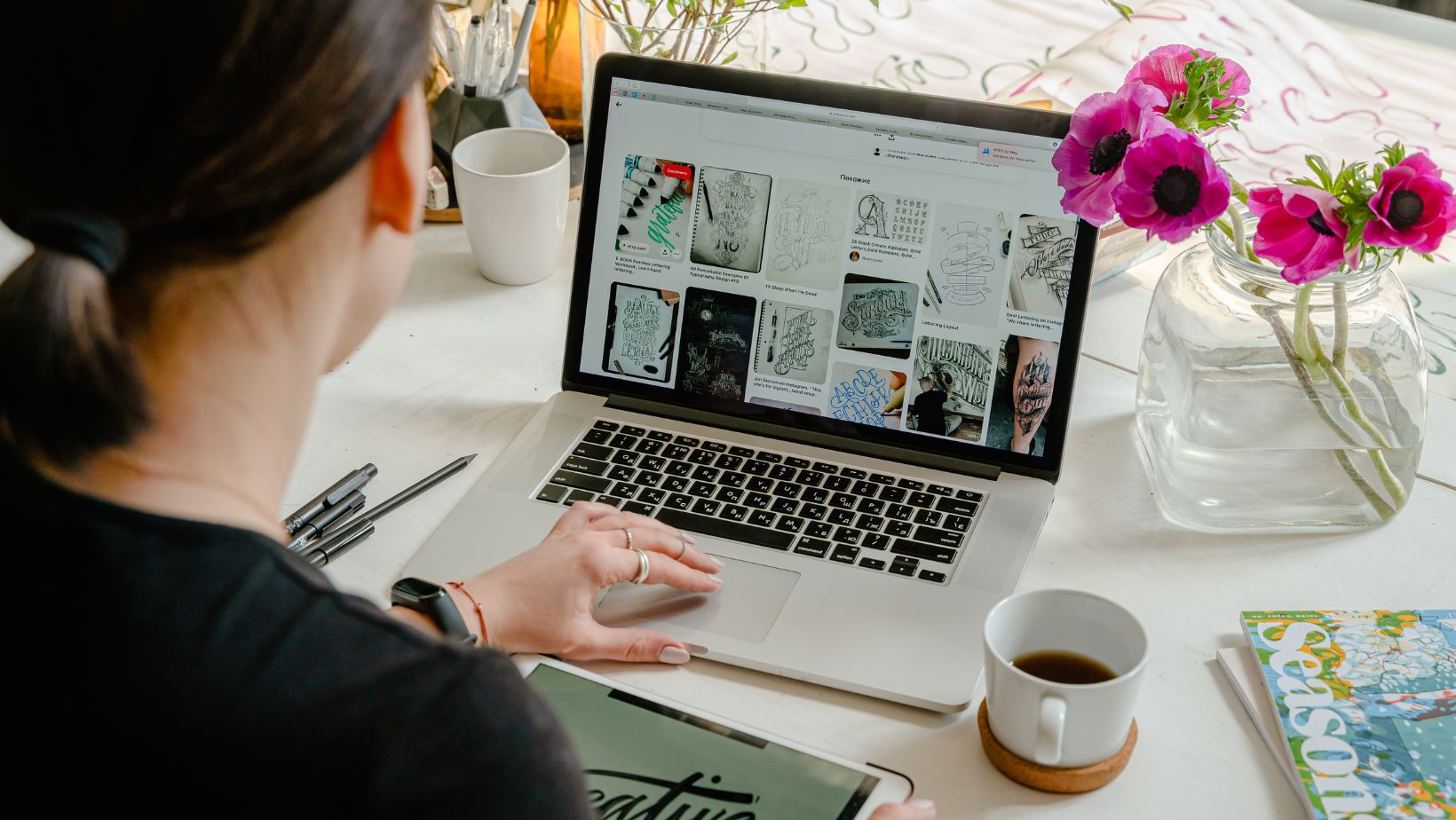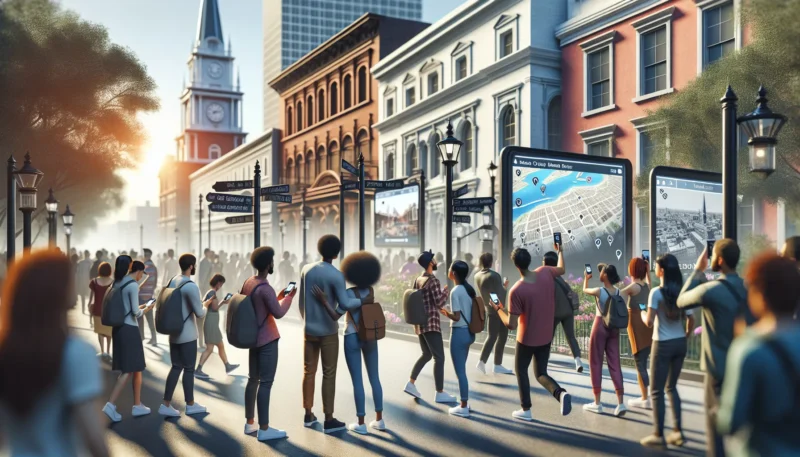
In the world of digital crafting, scalable manufacturing, and graphic design, raster images often fall short. Formats like PNG and JPEG, while suitable for screens, lack the precision, scalability, and structural clarity required for fabrication tools. This is where a specialized SVG converter becomes indispensable—transforming pixel-based images into clean vector paths that can be cut, etched, printed, or scaled without losing fidelity. Whether you’re preparing a hand-drawn sketch for a laser cutter or converting a logo for vinyl cutting, converting to SVG enables seamless integration into vector-based production systems.
The core strength of SVG (Scalable Vector Graphics) lies in its ability to represent graphics mathematically—through paths, shapes, and curves—rather than relying on pixel grids. This makes it the de facto standard for craft machines, cutting plotters, embroidery software, and scalable design systems.
The Importance of Vector Graphics in Crafting and Fabrication
Many production devices—from Cricut and Silhouette machines to industrial laser cutters and CNC routers—require vector files as input. These devices follow precise path instructions rather than interpreting pixels. Raster formats, even when high-resolution, do not provide the clean edge definitions needed for physical material output.
“SVG stands for Scalable Vector Graphics. This file format allows you to save vectorial designs. These images are made of vectors instead of pixels. They are scalable, so you can modify their size as much as you want without losing quality.” — Aida González Vázquez, CreativeFabrica.com
Vector files are not only resolution-independent but also editable. Shapes can be resized, combined, re-colored, or layered without degradation. This allows crafters and designers to build complex templates, repeatable patterns, or multi-material outputs using a single SVG as the base structure.
How SVG Converters Enable Efficient Craft Design
An SVG converter bridges the gap between creative freedom and technical execution. The process begins with a raster image—such as a drawing, icon, or scan—and translates it into a structured SVG using edge detection, curve fitting, and color simplification.
Key Stages in the Conversion Process
- Edge and Feature Detection – The converter analyzes visual contrast to identify distinct shapes and outlines.
- Curve Approximation – Using Bézier curves, the system rebuilds paths that match contours, allowing for smooth scaling and cutting.
- Node Optimization – Extra points are minimized to reduce complexity, enabling cleaner cuts and faster processing by machines.
- Color Reduction and Fill Assignment – Multi-color designs are interpreted as individual layers or segments, enabling layered vinyl application or multi-pass etching.
A well-tuned SVG converter allows you to adjust detail thresholds, ignore background noise, and select between solid fill vs. outlined shapes—key for compatibility with different output methods.
Practical Applications of SVG Conversion in Creative Workflows
The versatility of SVGs makes them a foundation in various hands-on and professional contexts:
- Vinyl Cutting and Heat Transfer – Convert logos or graphics into crisp, cuttable paths for garments, signage, and decals.
- Laser Engraving and Etching – Transform artwork into high-precision paths for use on wood, acrylic, leather, or metal.
- Stencil Making – Generate clean-cut stencils for painting, airbrushing, or glass etching with sharp and reproducible lines.
- Embroidery Digitizing – Use SVGs as base references in embroidery software to define stitch regions and outlines.
- Custom Stationery and Invitations – Vectorized illustrations maintain perfect resolution on print materials like cards, packaging, or wedding invitations.
These workflows demand exact line control, and an SVG converter simplifies the process by ensuring compatibility and structural integrity across all steps.
Conclusion
In crafting and production workflows, converting raster images to SVG is more than a technical step—it’s a creative enabler. It allows artists, makers, and designers to bring sketches, screenshots, or low-res files into high-resolution, machine-compatible formats.
By using a precise and accessible SVG converter, creators gain control over every detail—curves, shapes, and layers—without being confined by pixel limitations. Whether your output is digital or physical, scalable vector files ensure your work is sharp, editable, and production-ready across any medium.














